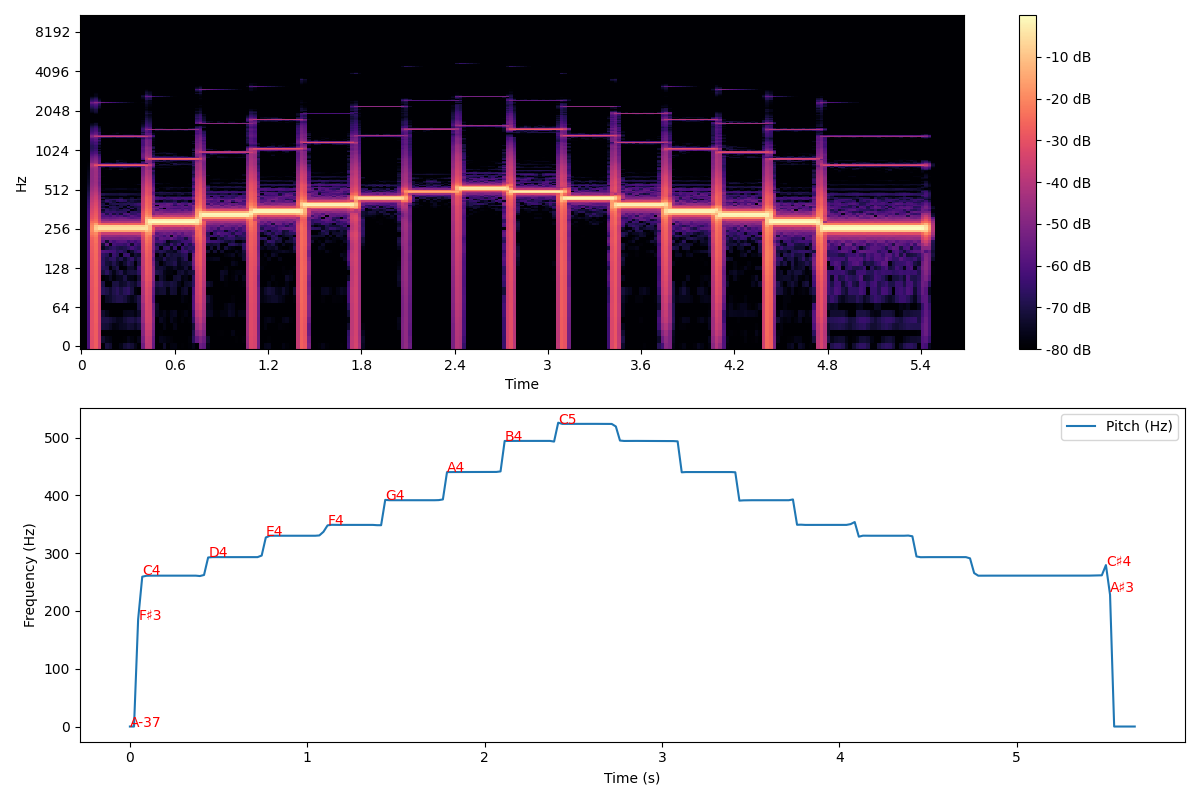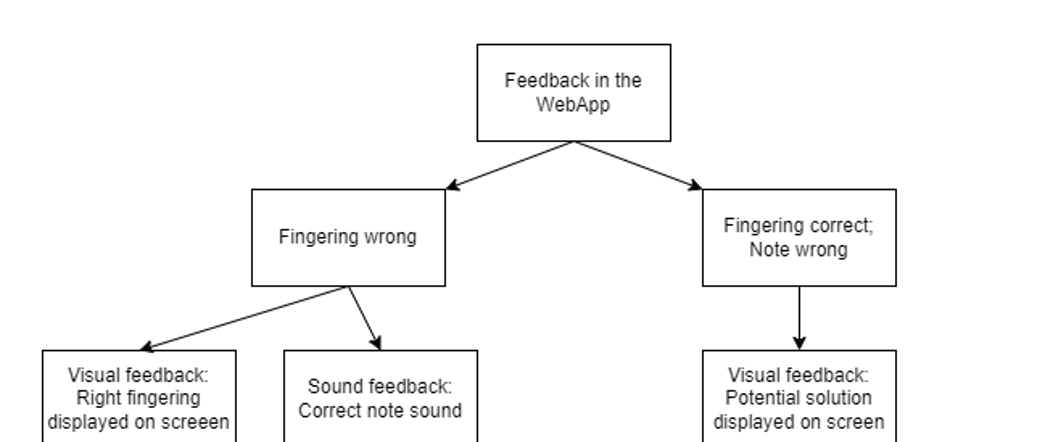Part A written by Lin: Identifying that saxophonists may come from very diverse geographic locations and backgrounds, our system ensures accessibility for users worldwide. We choose to build a web app instead of a phone app so that it’s more convenient and accessible. We aim to make our web app interface intuitive and user-friendly so that people with different educational levels can all use it easily. We also want to include a learning page in our web app to help saxophone beginners worldwide learn better.
Part B written by Junrui: This project takes into account cultural factors by emphasizing the universality of music as a learning tool. Although offered in English with a set selection of songs, our design is mindful of the diversity in musical practices and the educational needs of users from different cultural backgrounds. This project avoids cultural bias by focusing on the technical aspects of saxophone playing, which are common across cultures, thereby ensuring inclusivity.
Part C written by Jordan: This project focuses on helping beginning human players get better at saxophone. Helping human players get better at saxophone can help the environment by removing unpleasant noises from the environment, especially around aspiring saxophone players.
Our most significant risk right now is that the audio processor has some bugs that haven’t been fixed yet. If the pitch detector doesn’t perform as we expected, the inaccuracy rate of the overall system will be very high, which is not acceptable. To resolve the issue, Lin will make extra work in the following days and ask for TA and professor’s help if needed. Another risk is that the hardware construction for fingering collection is a little behind the schedule. Jordan will take his effort to catch up next week.
We have made a slight change to our design. We decided to focus on offline audio processing for now instead of real-time due to scheduling issues. If we finish the audio processor earlier than expected, we will work on converting it to real time. But if not, we will stick to offline processing. Other than that, our design stays the same as it was in the design report.



